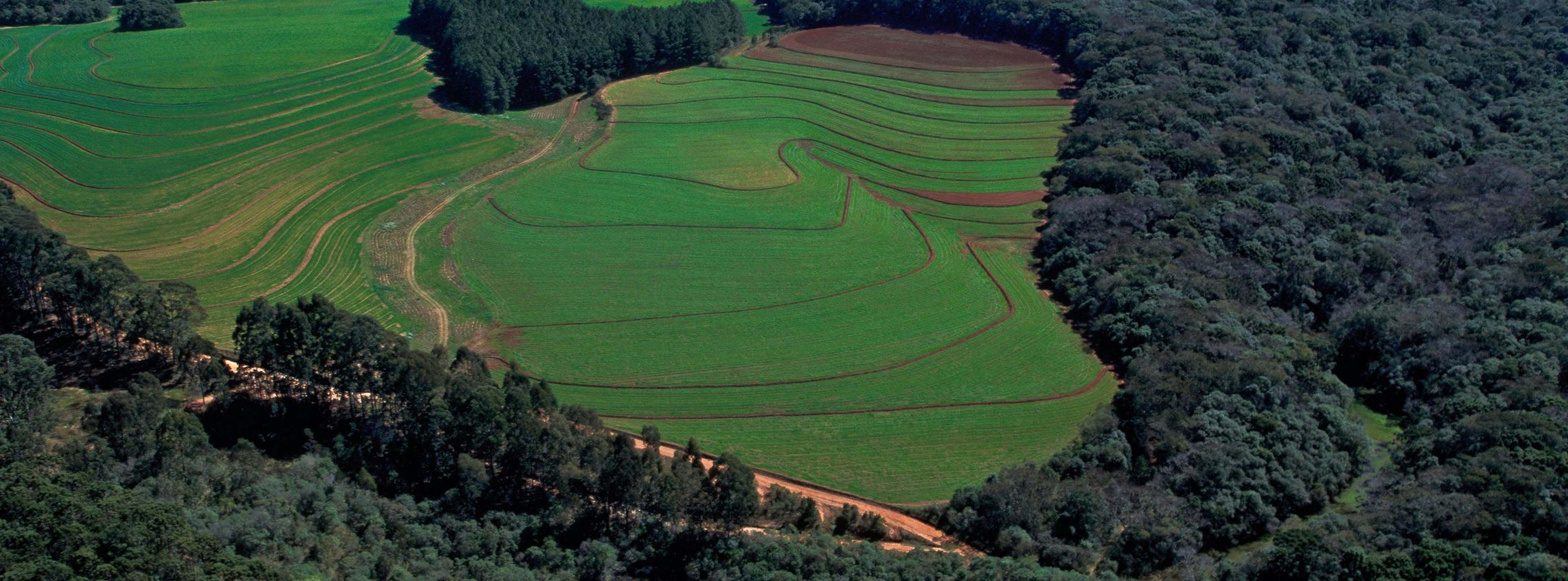China and EU risk importing illegal soy from Brazil’s Atlantic Forest
12 Apr 2023
4 min read
China, the Netherlands and France are importing soy at risk of being grown on illegally deforested land in the Atlantic Forest in Brazil, according to analysis by Trase and SOS Mata Atlântica.

A soy plantation in the Atlantic Forest, Paraná, Brazil (Nilton Ricardo/BrazilPhotos)